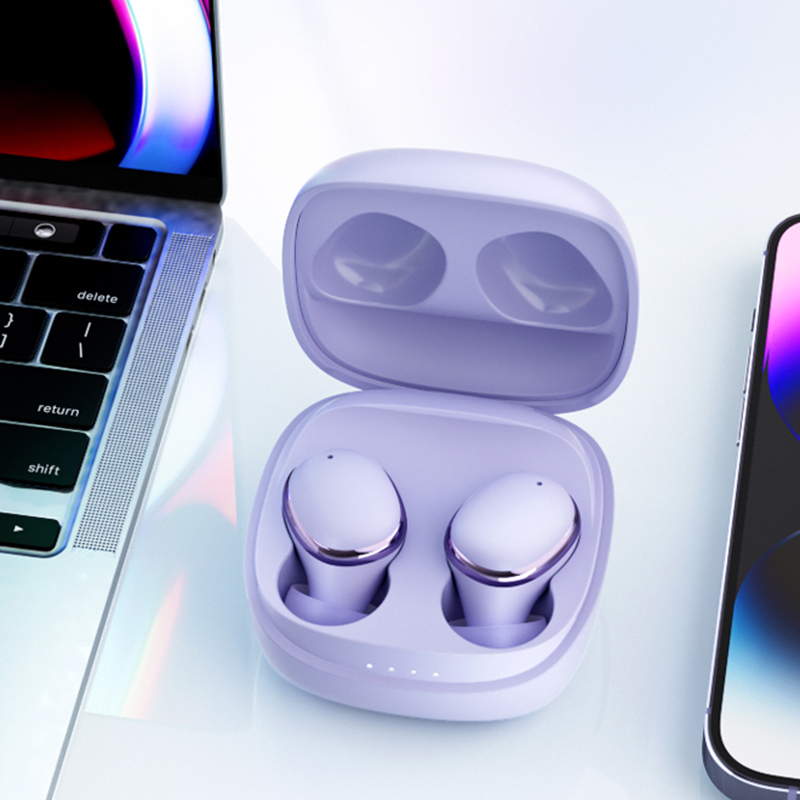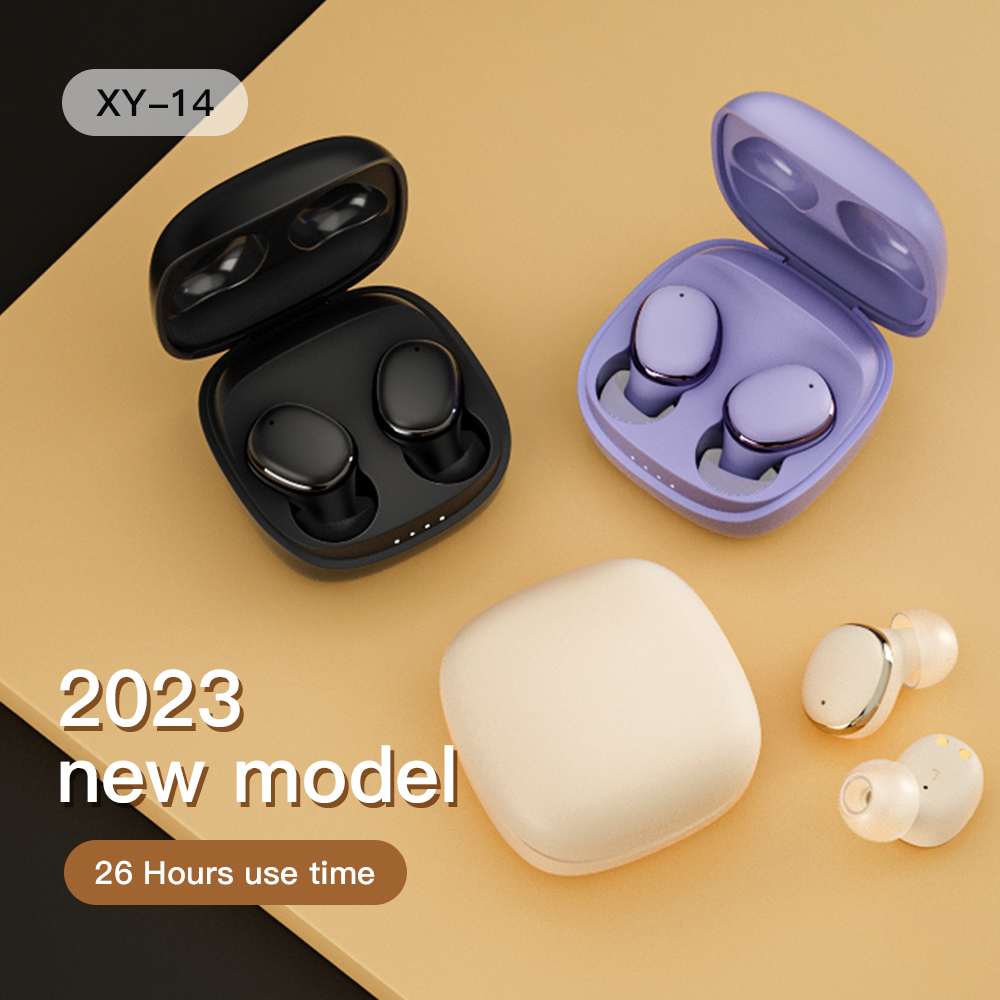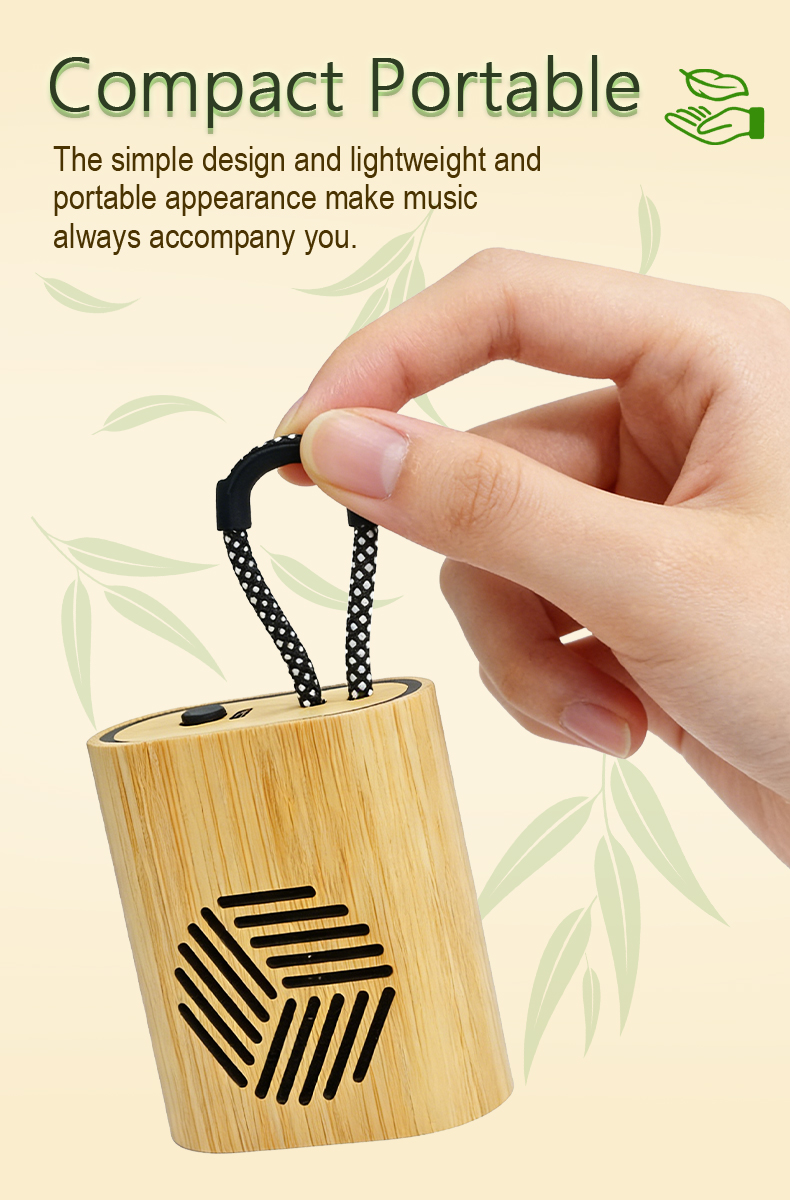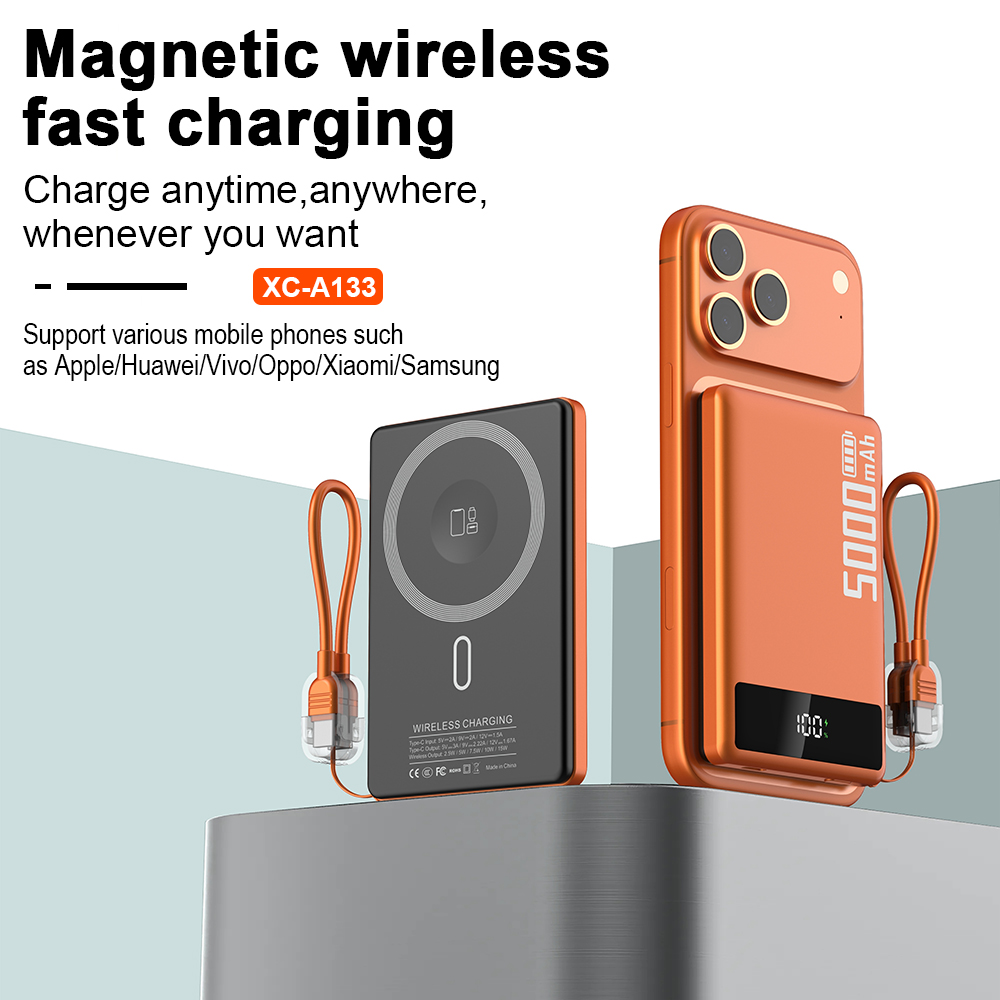Understanding the Range of Bluetooth Earphones

In the era of untethered connectivity, Bluetooth earphones have become indispensable companions for music enthusiasts, fitness buffs, and individuals on the go. These compact, wire-free devices offer a seamless listening experience, but a common question that arises is, "What is the range of Bluetooth earphones?" In this article, we'll explore the factors influencing the range of Bluetooth earphones and provide insights into how users can optimize their wireless experience.

Understanding Bluetooth Technology:
Bluetooth technology, named after the 10th-century Danish king Harald "Bluetooth" Gormsson, is a wireless communication standard that enables devices to connect and exchange data over short distances. Bluetooth earphones use this technology to establish a connection with a source device, such as a smartphone, tablet, or computer.
Factors Influencing Bluetooth Earphone Range:
1.Bluetooth Version:
Bluetooth technology has evolved over the years, with each new version introducing improvements in speed, range, and power consumption. The most common versions in modern Bluetooth earphones are Bluetooth 4.0, 4.1, 4.2, and the more recent Bluetooth 5.0. Generally, newer versions offer better range and connectivity.
2.Class of Device:
Bluetooth devices are categorized into three classes based on their power and range capabilities. Class 1 devices, with higher power output, can have a range of up to 100 meters (approximately 328 feet). Class 2 devices, the most common for consumer electronics like earphones, typically have a range of up to 10 meters (approximately 33 feet).
3.Obstacles and Interference:
The effective range of Bluetooth earphones can be influenced by physical obstacles and interference. Walls, furniture, and other obstructions can reduce the signal strength and limit the range. Additionally, other electronic devices operating on the same frequency may cause interference.
4.Environment:
The environment in which Bluetooth earphones are used also plays a role. Open spaces with fewer obstacles generally allow for better signal propagation and, consequently, an extended range.
Optimizing Bluetooth Earphone Range:
1.Keep Line of Sight:
Maintaining a direct line of sight between the Bluetooth earphones and the source device can help maximize the range. Avoiding obstacles and minimizing interference improves signal strength.
2.Update Bluetooth Firmware:
Manufacturers may release firmware updates to improve Bluetooth performance. Checking for and installing updates for both the earphones and the source device can enhance connectivity and range.
3.Choose the Right Bluetooth Version:
When purchasing Bluetooth earphones, opting for devices with the latest Bluetooth version can provide advantages in terms of both range and performance.
4.Consider Class 1 Devices for Extended Range:
If range is a critical factor, users may choose Class 1 Bluetooth devices that offer a longer reach. However, these are more commonly found in industrial and commercial applications.
The range of Bluetooth earphones varies based on several factors, including the Bluetooth version, class of device, obstacles, and environmental conditions. As technology continues to advance, manufacturers are continually striving to improve wireless connectivity, offering users a more robust and seamless experience. Understanding these factors and implementing best practices can help users make the most of the wireless freedom that Bluetooth earphones provide, ensuring an enjoyable and reliable audio experience.




